Nationalized Banks in India | Government Banks in IndiaThe banking system in India started developing during the British era. In those times, the British East India Company has established three banks in India that include Bank of Bengal (1809), Bank of Bombay (1840) and Bank of Madras (1843). Later, these banks were merged to form the Imperial Bank that was further acquired by State Bank of India in around 1955. Before going through the list of Nationalized Banks in India. Let us understand what is a bank? A bank is a financial institution that is authorized to receive the money and provide different types of loans to its customers. Besides this, a bank also performs lots of other functions such as wealth management, currency exchange, saving account, financial services, safeguarding money, and investing the deposits in funds. What is a Nationalized Bank?It refers to a bank in which govt. of India has more than 50% stake. It is also called the Public Sector Bank. So, there is no difference between public sector bank and nationalised bank. As of July 2020 after the recent mergers of government banks, there are a total of 12 nationalized banks in India and RBI is the governing body that manages these nationalised banks. In the last year, ten public sector banks were merged into four banks. List of nationalized banks in India:As per the official website of The Central Bank of India - RBI, the following 12 banks are listed as nationalized banks.
1) State Bank of IndiaThe State of Bank of India is popularly known as SBI. Formerly, it was the Imperial Bank of India that was nationalised and renamed as the State Bank of India on 01 July 1955 after the Govt. of India acquired 60% stake in Imperial Bank of India. 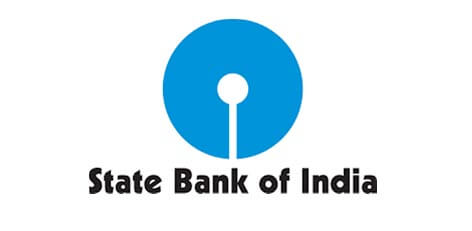
SBI is headquartered in India. It is the biggest public-sector based bank in India as it has 23% of market share in terms of assets and holds 1/4th share in the total deposits and loans markets. The non-banking subsidiaries of SBI in India are as follows:
2) Punjab National BankPunjab National Bank (PNB) is the first Swadeshi Bank that was established to help the Indians on 12 April 1895 in Lahore. It was nationalized by govt. of India in 1969. As of now (June 2020), it is headquartered in Delhi and its MD and CEO is Shri Ch. S. S. Mallikarjuna Rao. 
It offers a wide range of banking and financial services such as Savings and Current Account, Debit and Credit Cards, Online Banking, different types of loans, Investment, trading, etc. There are around 7000 branches of PNB throughout the country. Besides this, it also has a banking subsidiary in the United Kingdom and branches in Dubai, Hong Kong, Kowloon and Kabul. 3) Bank of BarodaBank of Baroda was established under the leadership of Maharaja Sayajirao Gaekwad III, Maharaja of Baroda, in around 1908. It was nationalized in 1969 by the Govt. of India and as of now, it is headquartered in Vadodara (formerly known as Baroda), Gujarat. Whereas, its corporate office is located in Mumbai, Maharashtra. 
As of now (June 2020), the Managing Director and CEO of Bank of Baroda is Shri Sanjiv Chadha. The bank's services include personal banking, business banking, corporate banking, different types of loan and investment services and more. Besides this, it also has a strong international presence with over 100 branches and subsidiaries throughout 23 countries. 4) Bank of MaharashtraBank of Maharashtra was established in Pune by V.G. Kale and D.K. Sathe in 1935. It became a Schedule Bank during 1944 and was nationalised in 1969. However, it achieved autonomous status in 1998 that reduced the government interference in its internal affairs and the decision-making process. 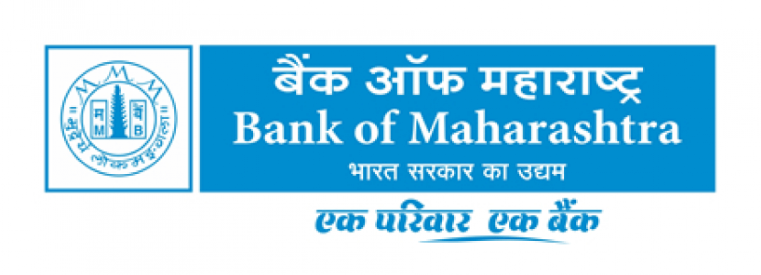
Its headquarters is located in Pune. As of now (June 2020), Shri A S Rajeev is its Managing Director and Chief Executive Officer. In 2016, its total business was over Rs. 2.50 lakh crore. Some of the major services offered by this bank include savings account, savings deposits, term deposits, current account, cards ( debit, credit, etc.), deposits, internet and mobile banking, loans (education, corporate, agriculture, etc.), online trading, and more. 5) Canara BankCanara Bank is one of the oldest government banks in India. It started its journey by the name of Canara Hindu Permanent Fund that was established in around 1906 by Ammembal Subba Rao Pai in Mangalore. Later it was renamed Canara Bank Limited in 1910 and later it was nationalized in 1969 by govt. of India. AS of now (July 2020), The CEO of Canara Bank is Lingam Venkat Prabhakar. 
Besides having thousands of branches in India, it also has branches in other countries such as Dubai, South Africa, New York, London, Hong Kong, Bahrain, Moscow, Tanzania, etc. Some of the services offered by Canara Bank include personal banking, corporate and NRI banking, bank deposits, loans, Investment, and more. 6) Central Bank of IndiaThe Central Bank of India was established by Sir Sorabji Pochkhanawala in around 1911. After a few years, it opened a branch in Hyderabad. The bank played an important role in creating the first Indian exchange bank called the Central Exchange Bank of India in around 1936 in London. It was nationalised in 1969 that time it had 195 branches. 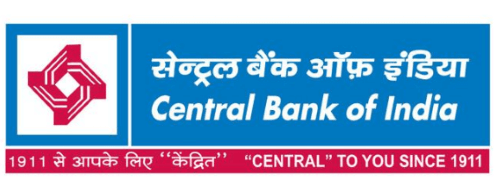
Its headquarters is located in Mumbai. As of March 2020, Pallav Mohapatra is the Managing Director and CEO of the Bank. It has over 4000 branches, around 3600 ATMs, ten satellite offices and more. It offers a wide range of basic banking services including debit and credit cards, cash management, transfer of funds, etc. However, the major functions of the bank include taking deposits, making investments and lending money. 7) Indian BankIndian Bank was established in March 1907 as Indian Bank Limited. It started operations on 15 August 1907. Today, it is one of the nationalised banks in India and is headquartered in Chennai. The current CEO of Indian Bank as of June 2020 is Padmaja Chunduru. 
It was nationalised on 19th July 1969 and renamed as Indian Bank. Like other nationalised banks it also offers a wide range of general banking services to suit the requirements of modern-day customers such as deposit accounts, debit and credit cards, net banking, loans, investment, and more. Its overseas branches are located in Singapore, Colombo, etc. It also has Correspondent banks in other countries. Besides this, Indian Bank also offers various other services through its Subsidiary companies that are IndBank Housing Ltd, IndBank Merchant Banking Services Ltd. and IndFund Management Ltd. 8) Indian Overseas BankIndian Overseas Bank was established by Thiru M. Chidambaram Chettyar in around 1937 with an objective of promoting foreign exchange operations and overseas banking transactions. It was nationalised in 1969. 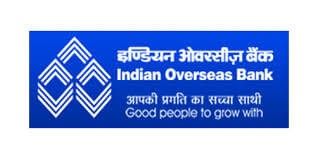
The bank is headquartered in Chennai. AS of July 2020, the MD and CEO of Indian Overseas Bank is Partha Pratim Sengupta. The services offered by the bank include all general banking and financial services such as deposit schemes, remittances, trade finance, loans, etc. Apart from national branches, it also has an international presence owing to its overseas branches in Colombo, Bangkok, Singapore, Seoul and representative offices in Vietnam, Dubai, Guangzhou. It is the only bank of Indian origin that is offering services in the Royal Kingdom of Thailand since December 1947. 9) Punjab and Sind BankThe Punjab and Sind Bank was established on 24 June 1908 by Bhai Vir Singh, Sir Sunder Singh Majitha and Sardar Tarlochan Singh. It was established in Amritsar, Punjab as 'The Punjab and Sind Bank Ltd. Its objective was to help the weaker sections of the society. It is headquartered in New Delhi, India and it was nationalized in 1980 and was renamed as Punjab & Sind Bank. As of 2019, the MD and CEO of Punjab and Sind bank is Shri S Harisankar. 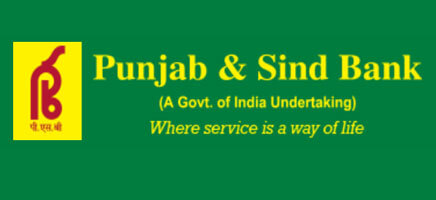
The services offered by the bank includes deposits, investments, personal banking, retail banking, corporate banking and more. In March 1986, it had established Sutlej Gramin Bank in Punjab. At present, it has only one shareholder that is the President of India which acts through the Ministry of Finance of Govt. of India. The banking services of this bank include personal banking, corporate banking, international banking, business loans, rural banking and govt. business. 10) UCO BankUCO Bank was established by Ghanshyam Das Birla in around 1943. Formerly, it was known as United Commercial Bank. It is the government of India undertaking headquartered in BTM Sarani, Kolkata. 
Its board of directors comprises representatives of Govt. of India and Reserve Bank of India and successful professionals like economists, accountants, etc. The current MD and CEO of UCO bank is Shri Atul Kumar Goel. Apart from having over 3000 branches and 49 zonal offices, it also operates in Singapore and Hong Kong. Furthermore, it has correspondents all over the world and over 50 centres for Foreign Exchange Business in India. 11) Union Bank of IndiaUnion Bank of India was established in 1919 and was inaugurated by Mahatma Gandhi. At the time when India got freedom from the Britishers, it had only four branches out of which three were in Mumbai and one in Saurashtra. Its headquarters is located in Mumbai, Maharashtra. The current MD and CEO of Union Bank of India as of March 2020 is Shri Rajkiran Rai G. 
It was recognized as a nationalized bank by the govt. of India in 1969. The government share in the bank is more than 60%. Apart from having a strong network of branches in the country, it also has branches in other countries such as Dubai, Hong Kong, Belgium, Sydney, and a subsidiary (Union Bank of India (UK) Ltd.) in the United Kingdom. 12) Bank of IndiaBank of India was established on 07 September 1906 by a group of businessmen from Mumbai. It started with a single office in Mumbai and made tremendous growth over the years. Today, it is one of the reputed nationalised banks in India with a strong national and international presence. The current Managing Director & CEO of Bank of India as of July 2020 is Shri Atanu Kumar Das. 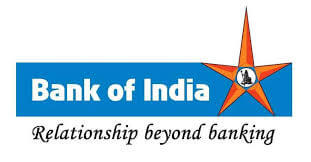
It became a nationalised bank in 1969 along with 13 other banks. As of now, it has over 5000 branches in the country that are managed by 55 zonal offices and NBG offices. Its services include deposit account, loan, investment, cards, mobile and internet banking, and more. However, the bank functions in three different segments that are Retail Banking functions, Wholesale Banking functions, and Treasury functions.
Next TopicFastest Train in India
|
 For Videos Join Our Youtube Channel: Join Now
For Videos Join Our Youtube Channel: Join Now
Feedback
- Send your Feedback to [email protected]
Help Others, Please Share










